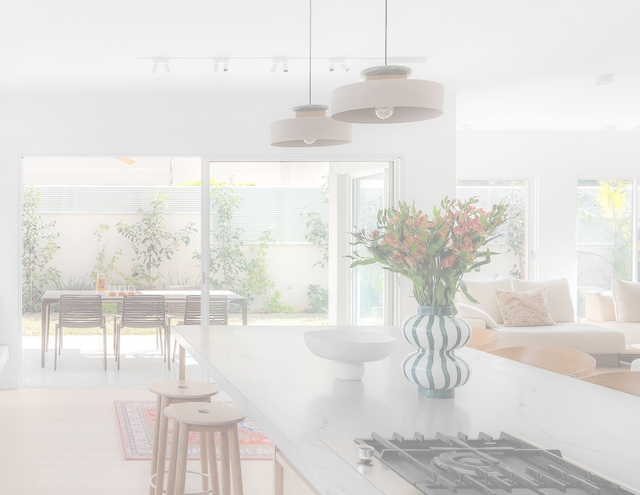Designer Lighting
When we talk about designer lighting, we are not just talking about light.
We are talking about atmosphere, emotion, and the experience of a space.
Light has the power to shape how we feel to turn a cold room into a warm and inviting place, or to make an ordinary space feel dramatic and alive.
The Meaning of Designed Lighting
As a lighting designer, I see light as more than a tool.
It’s a design material just like wood, glass, or metal.
It has texture, color, movement, and emotion.
When light interacts with natural materials, it creates a unique dialogue between object and environment.
This is the essence of designed lighting:
it’s not only about illumination, it’s about creating a story through form and light.
Every lighting piece I design begins with a question:
What emotion do I want to evoke?
From there, I explore materials, proportions, and sources of light until everything feels balanced both functional and artistic.
The goal is always to create a light that blends seamlessly with its surroundings yet stands out as a sculptural element on its own.
Handcrafted Lighting
Each fixture I create is handcrafted produced with respect for traditional craftsmanship and an eye for modern aesthetics.
I believe that handmade work carries energy the small imperfections, the grain of the wood, the way light passes through glass all of these details tell a story.
Combining modern design principles with natural materials such as wood, metal, and glass gives every lamp a sense of authenticity and warmth that industrial lighting simply cannot achieve.
My workshop focuses on creating designer light fixtures that are timeless yet innovative.
Each piece is designed not only to provide light but also to serve as a focal point in the space – something that draws the eye and creates a connection between people and their surroundings.
Lighting as Part of Interior Design
Lighting is one of the most powerful tools in interior design.
It defines the mood of a room, guides attention, and influences how people experience architecture and space.
A pendant light above a dining table, a floor lamp in the living room, or a minimal wall sconce in the hallway all these small details work together to create balance and rhythm.
That’s why designed lighting should be planned from the very beginning of a project, alongside materials, colors, and furniture.
When the lighting design is integrated early, it enhances everything else – it brings out the textures, emphasizes the structure, and adds emotional depth to the environment.
The Relationship Between Decorative and Technical Lighting
In modern design, a perfect balance between designer lighting and technical lighting is essential.
While decorative lights bring character, warmth, and personality, technical lighting provides functionality, clarity, and precision.
A well-designed home or office combines both recessed lights to illuminate the space evenly, and artistic fixtures to create atmosphere and style.
Technical lighting ensures that every area is lit efficiently, while designer pieces express the aesthetic soul of the space.
Together, they create layers of light practical, emotional, and architectural.
Light as a Story
Ultimately, light is emotion.
It connects us to the space we live in.
It highlights what matters and softens what doesn’t.
That is why I design each lamp as a story a dialogue between light and shadow, between structure and softness, between art and everyday life.
If you’re planning your next home or workspace, think of lighting not as an accessory but as part of the design language itself.
Choose designer light fixtures that reflect your personality, combine them with efficient technical lighting, and create an environment that feels both functional and inspiring.
Because good lighting doesn’t just illuminate a space it brings it to life.


